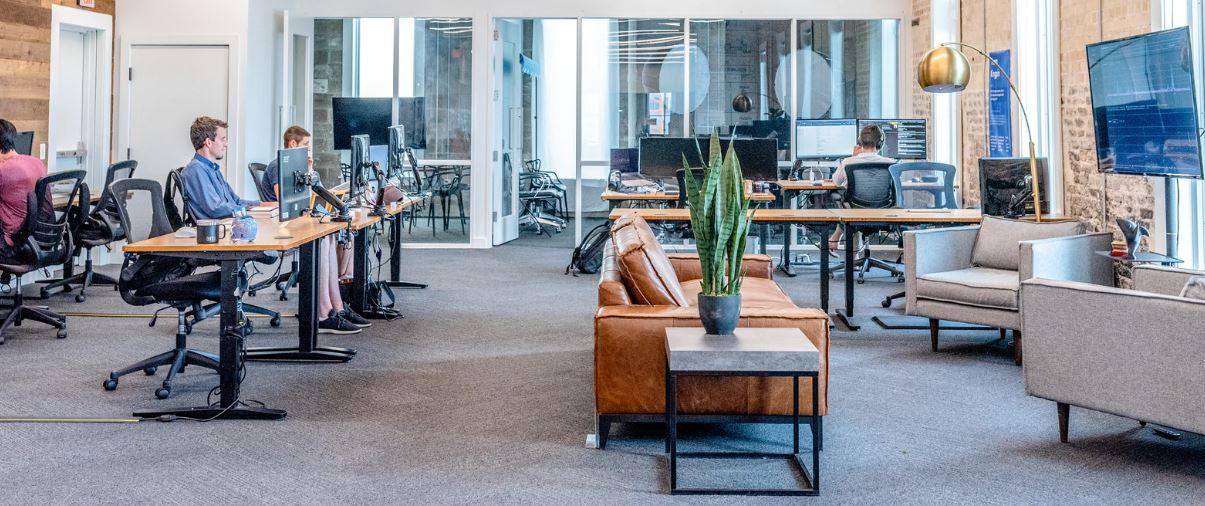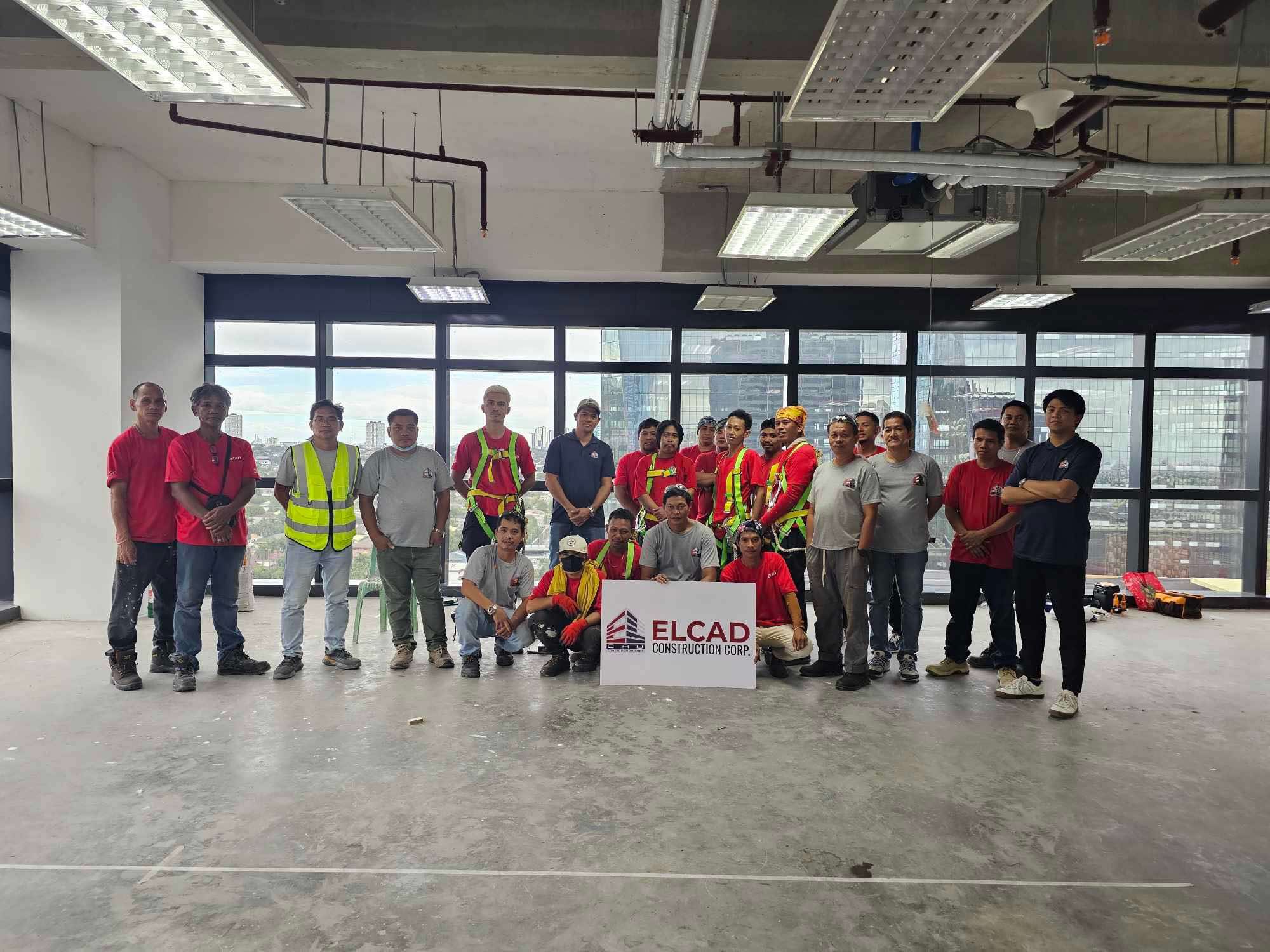More companies are shifting to modern office layouts, including flexible workspace design—an approach that enhances productivity, mobility, and employee well-being. As mentioned in our previous blog 4 Tech Companies with Cool Office Designs, office environments are evolving. Beyond game tables and snack bars, flexible workspace design focuses on creating dynamic, functional spaces tailored to how people work.
What is Flexible Workspace Design? Flexible workspace design refers to an office layout that supports agile work styles by allowing mobility and efficiency without compromising employee comfort. These spaces typically include minimal setup requirements, low costs, and adaptable zones that can be used for multiple purposes throughout the day.
Advantages of Flexible Workspace Design
1. Cost-Efficient Setup Many startups and growing businesses opt for flexible workspaces to reduce overhead costs. Rather than investing in permanent fixtures, companies focus on essential equipment and shared utilities that meet their current needs.
2. Promotes Collaboration Flexible workspace design encourages more face-to-face interaction by using open layouts, fewer partitions, and common zones. According to Harvard Business Review, increased employee interaction improves both productivity and creativity.
3. Enhances Comfort and Well-being A mobile and adaptable office promotes employee comfort, which leads to higher job satisfaction and retention. Research from Herman Miller shows that comfort-driven design boosts efficiency and morale.
How to Implement a Flexible Workspace Design For a successful transformation, consult an experienced fit-out contractor in the Philippines. A professional team ensures safe modifications to electrical systems, data cabling, and built-in furnishings, while aligning with your brand vision.
Professional input allows for customization without compromising safety or functionality. You still have full creative input—contractors simply make your vision feasible.
Factors to Consider Before Adopting a Flexible Workspace Design
1. Budget for Flexible Workspace Design Although flexible offices are known for affordability, initial remodeling costs can still be significant. Plan your finances carefully.
2. Office Size and Space Considerations Your layout depends on your available space. Small offices require careful planning to maintain mobility and prevent overcrowding.
3. Company Size and Department Structure This design suits small to mid-sized teams. Larger corporations with many departments might face challenges in execution.
4. Business Type and Workflow Needs Not every business will benefit from a flexible layout. Evaluate how adaptable your workflow is to open collaboration and mobility. Companies like Google and Apple succeeded with this, but it required significant investment and planning.
Conclusion
Flexible workspace design offers numerous advantages: it reduces costs, encourages collaboration, and enhances employee well-being. However, it’s not a one-size-fits-all solution. Assess your business needs, budget, and layout before making the change.
If you believe a flexible workspace is right for your team, consult a reliable fit-out contractor here in the Philippines to bring your vision to life.






